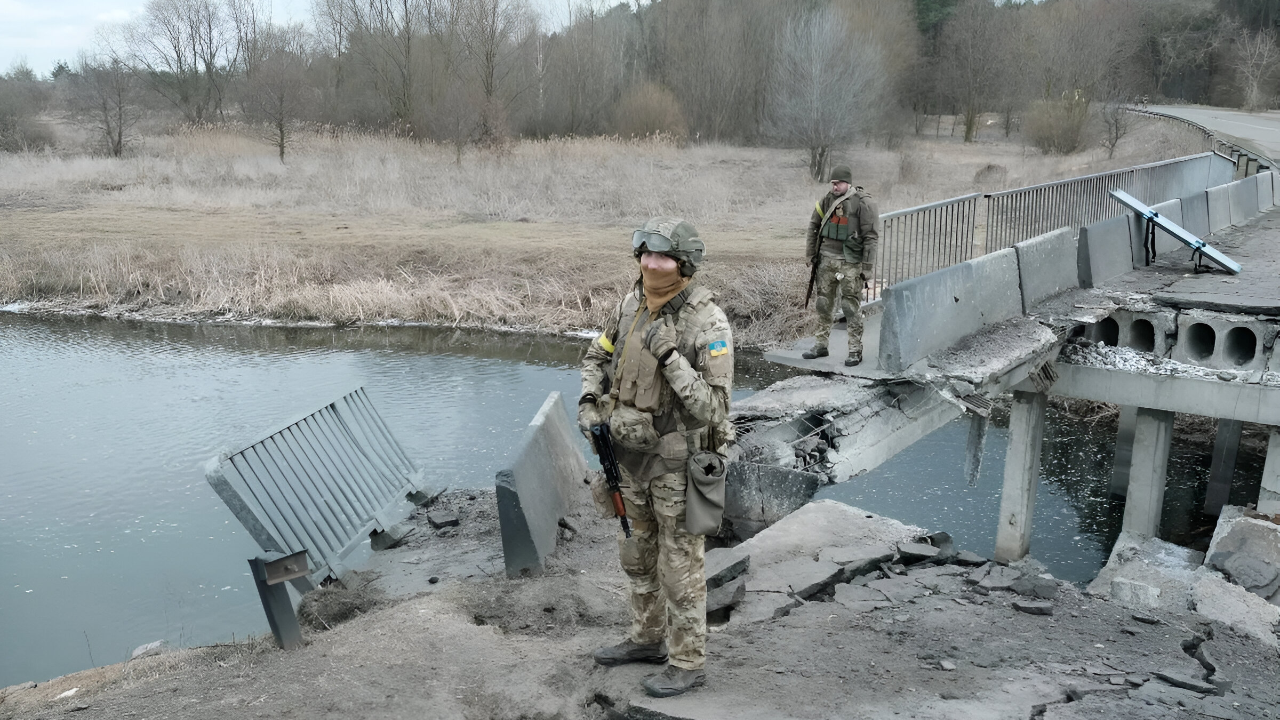
Over 5,100 Russian troops have perished in the Dnipro delta since January 2025, marking one of the Ukraine conflict’s deadliest episodes, according to Ukrainian intelligence reports. Stranded on marshy islands south of Kherson, soldiers face relentless Ukrainian drone strikes and starvation in conditions Colonel Oleksandr Zavtonov of Ukraine’s 30th Marine Corps describes as a “death zone.”
The unprecedented scale of casualties exposes catastrophic failures in Russian military planning and logistics that ripple far beyond the battlefield.
Islands Become Open-Air Prisons
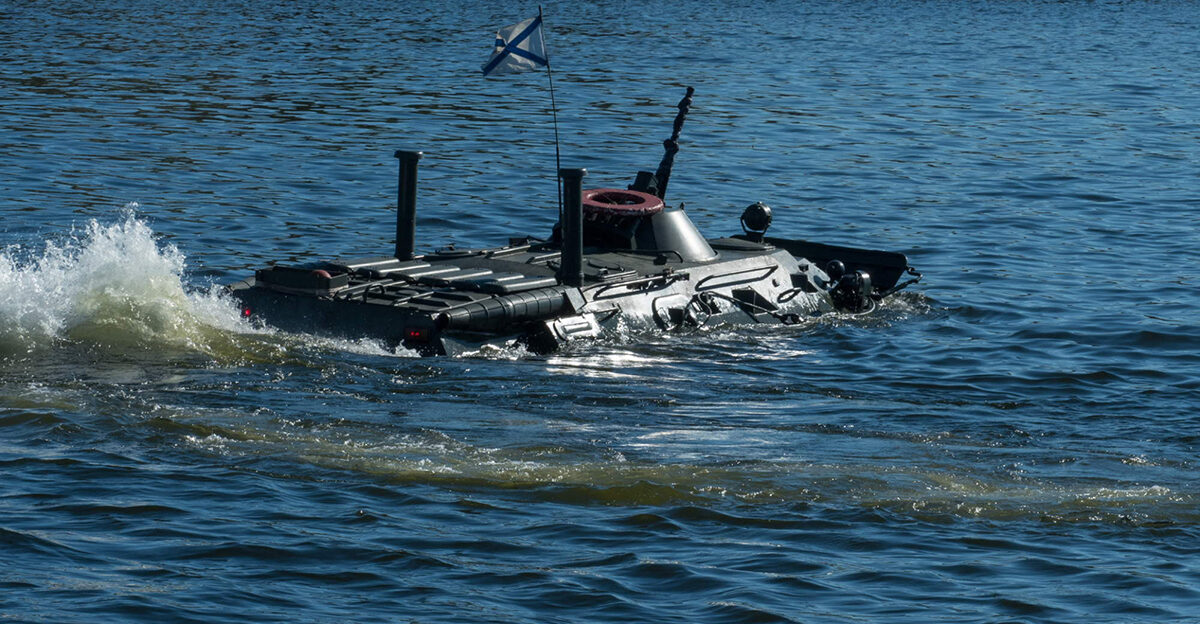
Russian marines from the 61st Naval Infantry Brigade became isolated on delta islands like Nestryha and Buhaz after failed offensives and Ukrainian counterattacks. The Ukrainian resistance network Atesh reports soldiers have been deliberately stranded for months without rotation, some since January 2025.
Ukraine controls elevated right-bank positions with clear observation capabilities. At the same time, Russian forces occupy flood-prone left-bank lowlands and exposed islands offering no cover from constant aerial surveillance conducted by the 40th Separate Coastal Defence Brigade.
Drinking River Water, Hiding in Reeds

Captured prisoners describe harrowing conditions to The Independent and The Telegraph—drinking untreated river water, desperately scavenging for any food, and suffering widespread fungal infections, abscesses, and frostbite from months in damp environments.
Supply lines collapsed entirely, with soldiers receiving minimal drone deliveries if resupply came at all. In futile escape attempts, some desperate troops purchased boats and motors with personal funds. Ukrainian commanders report survivors emerged starving, physically broken, and psychologically traumatized by prolonged abandonment.
When Camouflage Can’t Defeat Technology
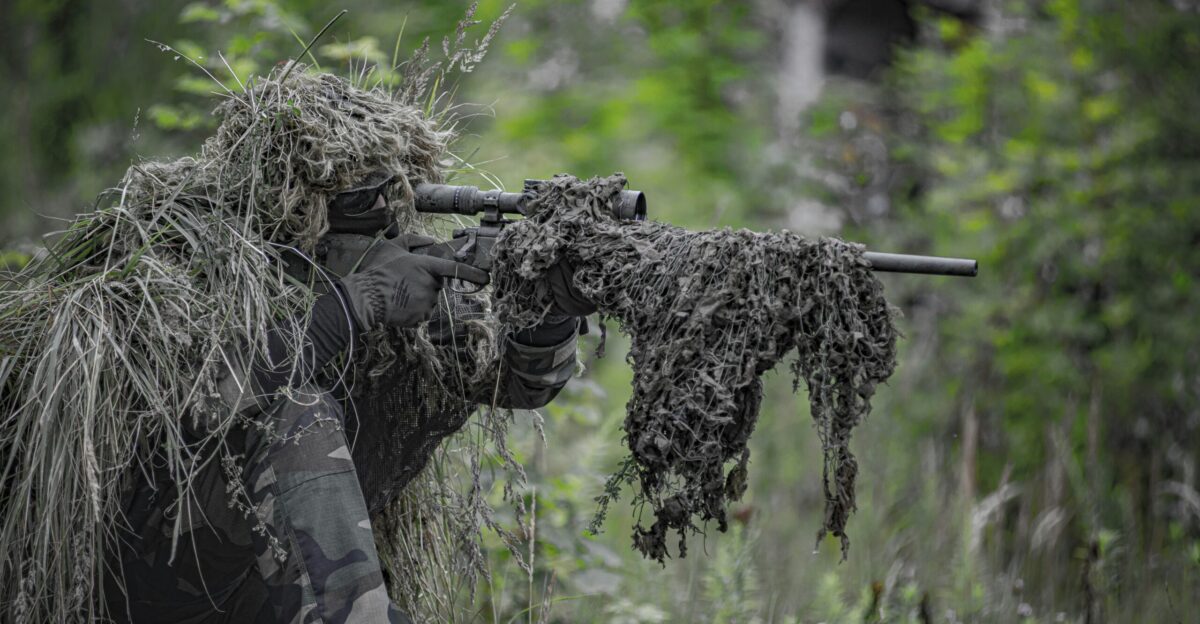
Stranded soldiers developed unprecedented survival tactics, smearing themselves with mud and wrapping their bodies in reeds to create the first widespread vegetation camouflage that Russian forces have used in this war. Oksana Kuzan of the Ukrainian Security and Cooperation Centre told The Telegraph these small-group infiltration tactics represent methods “not seen at the beginning of the war.”
Improvisation proved futile against Ukrainian thermal drones that detect body heat regardless of visual disguise. Footage from the 40th Brigade shows makeshift boats packed with camouflaged soldiers destroyed by suicide drones moments after departure.
Black Market Booms as Military Systems Collapse
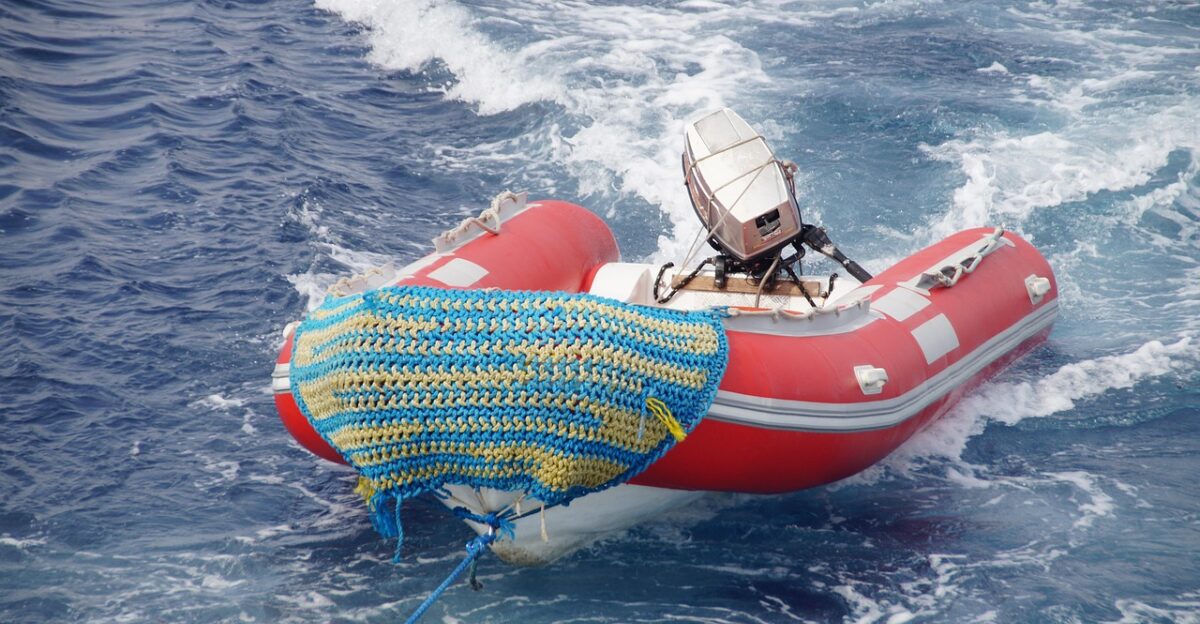
With official provisioning systems failing catastrophically, desperate Russian soldiers turned to illicit trade networks to purchase motors and boats. Yahoo News and The Telegraph report some went further, deliberately sabotaging their own equipment—breaking engines, puncturing rubber boats—to avoid deployment to the islands.
Atesh reports the 126th Separate Coastal Defense Brigade launched three internal investigations as equipment sabotage became what the network describes as “a real problem for Russian command,” fundamentally undermining military discipline and operational capability.
Ukraine’s Drone Innovation Gains Global Attention
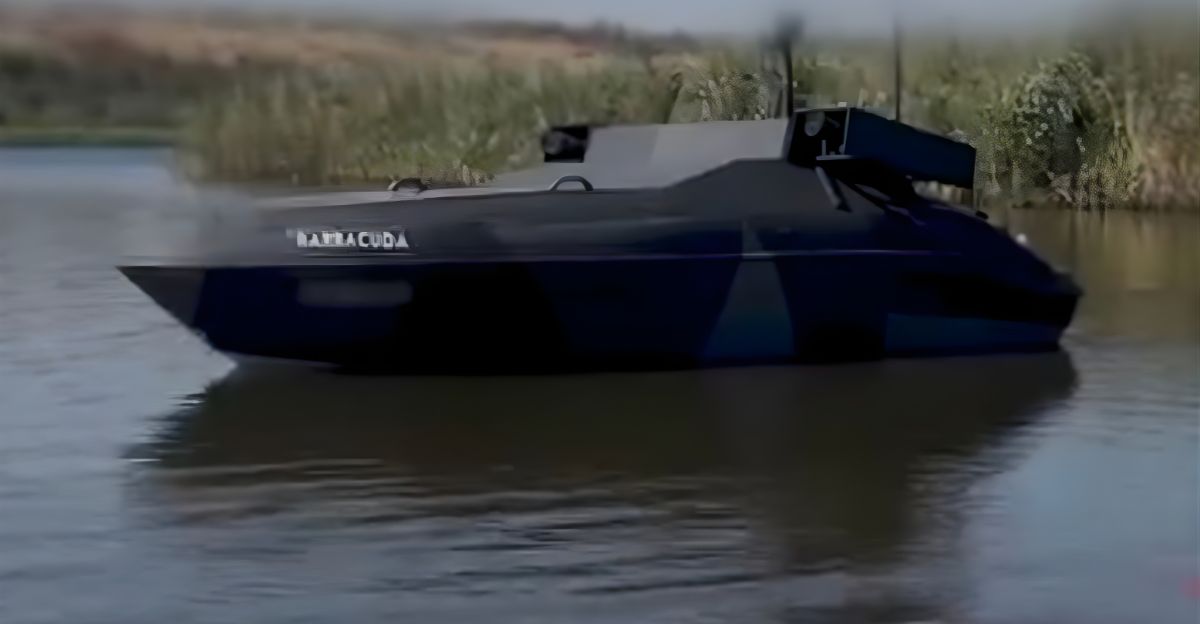
Ukraine’s 40th Separate Coastal Defence Brigade pioneered asymmetric warfare tactics that have impressed Western military observers and allies. Their unmanned Barracuda boats deploy FPV drones against targets, extending operational strike range while completely eliminating risk to Ukrainian personnel.
ArmyRecognition and Militarnyi documented October 2025 footage showing one Barracuda launching multiple drones that successfully destroyed a Russian transport vessel. Ukrainian drone manufacturers now experience surging international demand as defense industries worldwide study these combat-proven innovations for future procurement and training programs.
Military Doctrine Under Pressure on Both Sides

The disaster’s scale forced both armies to reassess riverine warfare operations and deployment strategies. Russia redeployed elite units including the 98th Airborne Division from other fronts to the Kherson sector, though military analysts note this spreads already degraded forces dangerously thin across multiple combat zones.
Ukraine continues expanding proven drone tactics while maintaining what observers describe as comprehensive 24-hour surveillance coverage. The Atlantic Council and other defense analysts characterize Russia’s handling of troops as deliberate abandonment, a “human safari” where tactical positioning mattered more than soldier welfare or survival.
The Staggering Cost of Casualties
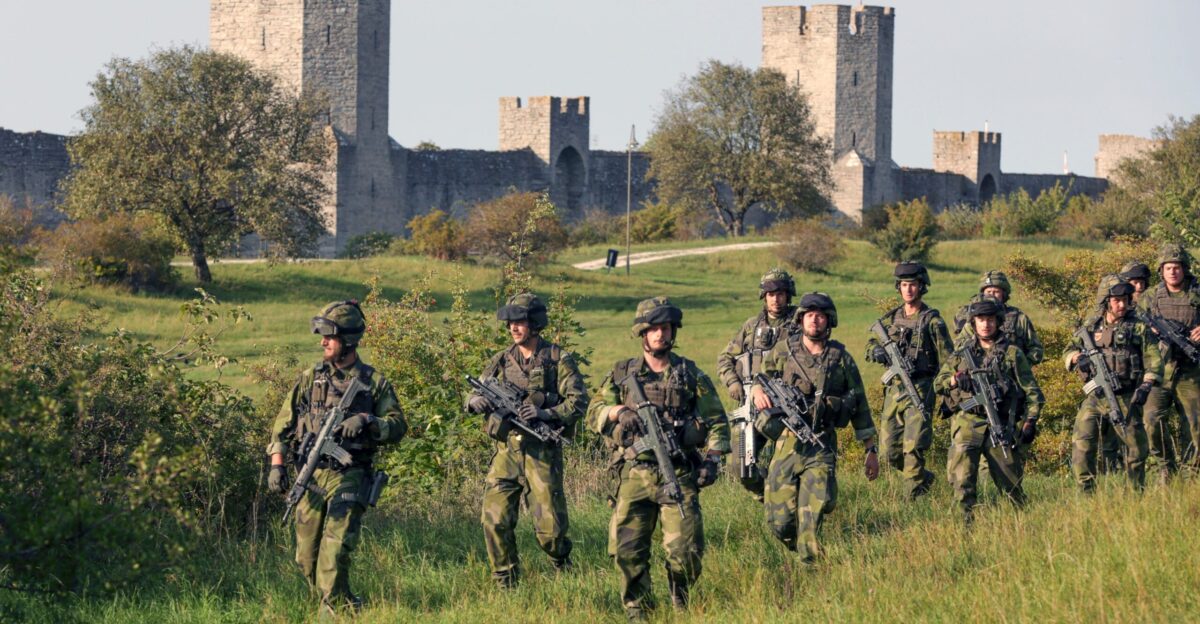
Russia’s defense budget faces unprecedented strain from the disaster’s human toll. Between January and June 2025 alone, federal and regional governments spent approximately 2 trillion rubles on enlistment bonuses, military salaries, and casualty compensation to families.
Analysts from the Re:Russia research group project annual personnel costs will exceed 4 trillion rubles if current casualty rates continue—equivalent to roughly 2 percent of Russia’s entire GDP and 9.5 percent of all planned federal spending in 2025. These figures exclude substantial equipment losses where units lost critical communications gear and watercraft.
Disease, Trauma, and Hidden Scars

Beyond immediate battlefield deaths, stranded soldiers developed severe long-term health issues from drinking untreated river water and enduring months in damp, unsanitary conditions. Medical reports document widespread fungal infections, painful abscesses, skin diseases, and severe frostbite among survivors.
Medical experts warn of dramatically escalating PTSD cases that will require years of treatment. Atesh describes unit morale as “critical,” with soldiers reporting they’ve been “rotting alive” on the islands for months while official channels ignore their desperate pleas for extraction or rotation.
War’s Toxic Legacy in Wetlands
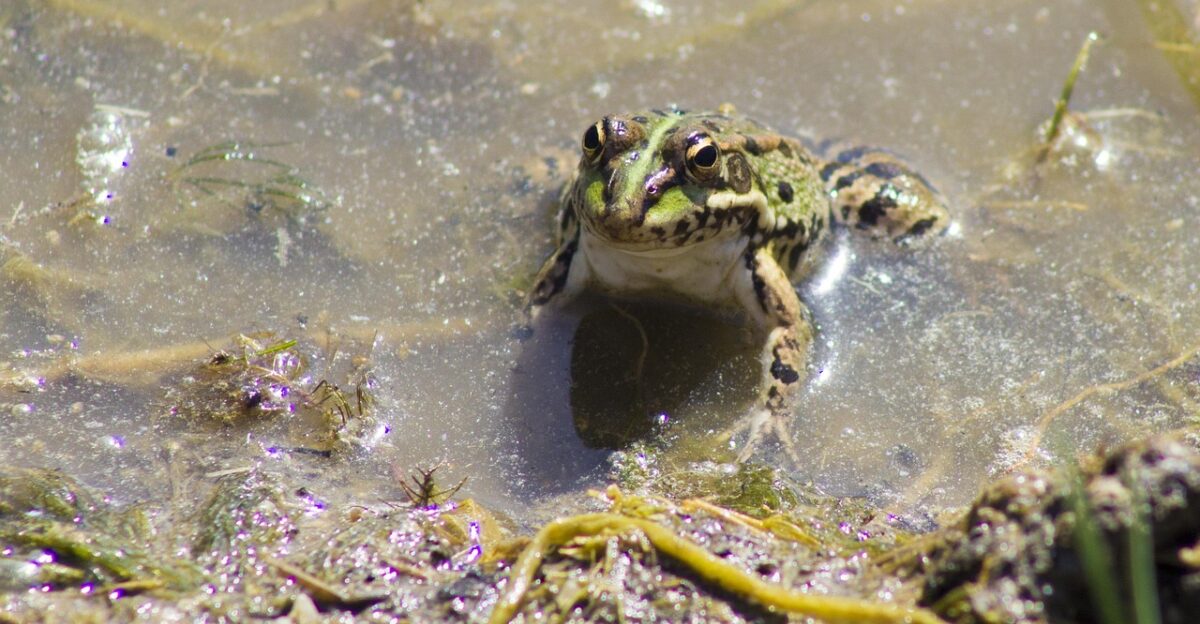
Combat operations and destroyed watercraft continue leaking oil and fuel into the fragile delta ecosystem, already catastrophically damaged by the June 2023 Kakhovka Dam breach. Debris, chemical contamination, and unexploded ordnance now threaten wildlife populations and water quality in critical wetlands where the Dnipro meets the Black Sea.
Environmental groups and Ukrainian ecologists warn that comprehensive remediation efforts will require years of intensive work and substantial international funding. One Kherson biologist monitoring wildlife populations noted a particularly chilling indicator of ecological collapse: “Even the frogs are gone”.
Competing Narratives Shape Global Perception

Russian state-controlled media consistently dismisses mounting losses as merely “temporary difficulties,” while independent Russian military bloggers who dare speak the truth have their posts deleted within hours of publication. Ukrainian communication channels emphasize the operation’s demonstration of technological superiority and tactical innovation in asymmetric warfare.
As one Ukrainian military analyst explained to The Guardian and Sky News, “Information is its own weapon—who tells the story decides what the world believes.” Yet physical evidence continues accumulating: sunken boats, stranded soldiers, and relentlessly mounting casualty statistics tell their own undeniable truth.
The Silent Anguish of Families Left Waiting

Behind cold statistics lie Russian mothers who obsessively refresh phones and scan online forums, desperately searching for any fragments of news about sons who stopped calling months ago. “We just want to know if he’s alive,” one devastated mother told BBC reporters, her voice breaking with exhausted hope and mounting despair.
The Kremlin offers no official casualty lists, no status updates, and no meaningful comfort, forcing anguished families to become amateur detectives piecing together unreliable rumors from deleted social media posts and whispered third-hand conversations among relatives of other missing soldiers.
Unexpected Winners and Losers Emerge
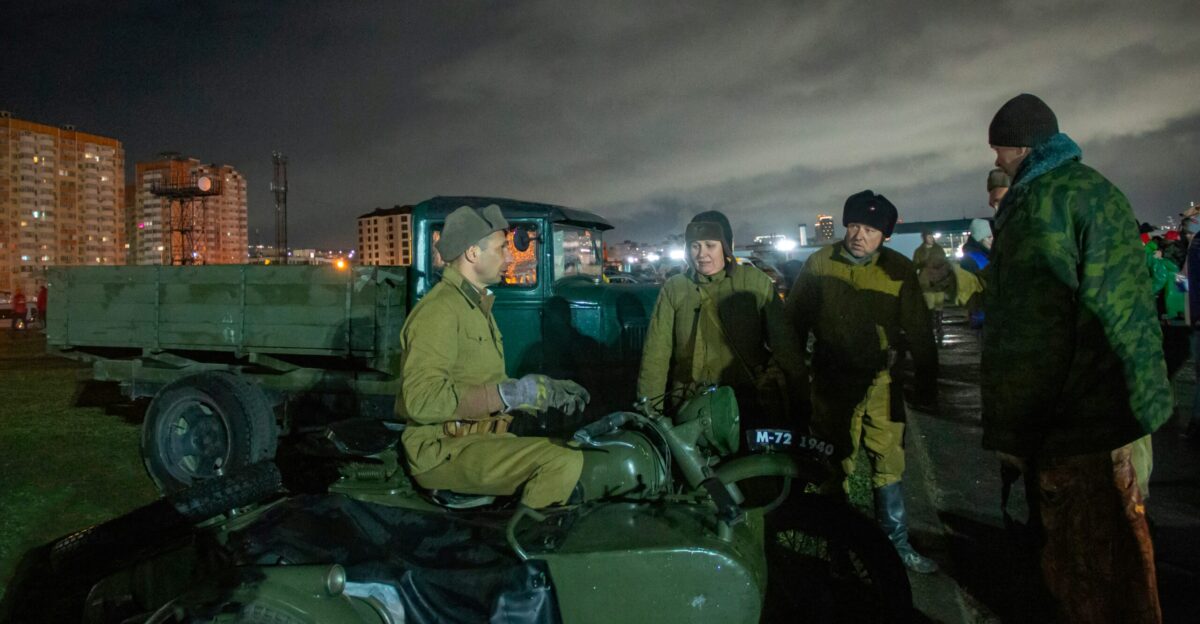
Ukrainian drone manufacturers and specialized logistics firms gain substantial market share as their battlefield-proven innovations demonstrate clear operational effectiveness to international observers. The 40th Brigade’s AI-assisted Barracuda boats exemplify successful wartime technological innovation emerging from urgent battlefield necessity.
Conversely, Russian defense contractors face mounting scrutiny and reputational damage over catastrophic equipment failures and supply chain breakdowns that literally left soldiers purchasing their own emergency escape equipment. Global defense stocks increasingly reflect these operational realities—Ukrainian technology firms outperform expectations while Russian companies struggle amid ongoing geopolitical volatility and sanctions pressure.
Financial Ripples Reach Global Investors and Russian Consumers

Military analysts advise international investors to closely monitor evolving geopolitical developments and strategically diversify investment holdings amid sustained conflict-driven market volatility and uncertainty. Russia now offers increasingly massive financial incentives—approximately 2 million rubles in one-time signing bonuses plus monthly salaries averaging 240,000 rubles—desperately attempting to replenish ranks depleted by sustained battlefield losses.
CNN reports that these payments represent more than double Russia’s national average wage. Regional governments simultaneously grapple with severe fiscal imbalances created by surging military personnel costs that consume growing percentages of total budgets.
The River That Keeps Its Secrets
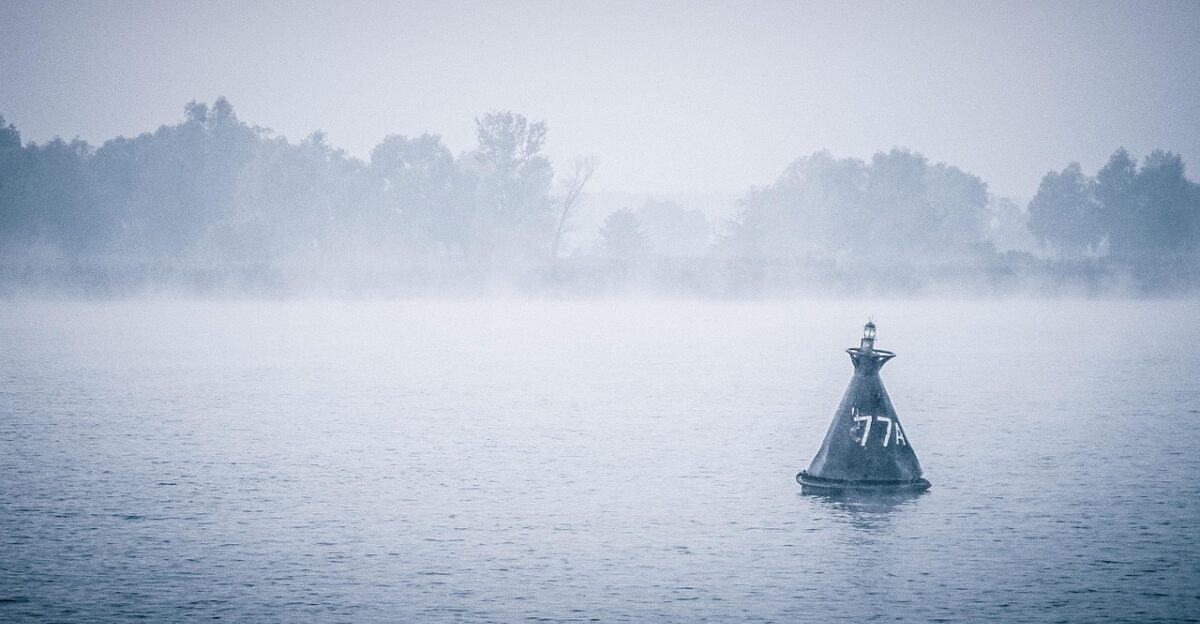
The Dnipro delta disaster marks a defining inflection point, exposing fundamental vulnerabilities in Russian military planning while showcasing modern asymmetric warfare’s devastating power when properly executed. “The river doesn’t forgive mistakes—it keeps secrets,” Colonel Zavtonov reflected in interviews with international media.
As sunlight catches scattered metal fragments glinting beneath murky water surfaces, both militaries adapt strategies based on brutal lessons learned at terrible human cost. Over 5,100 Russian families face the agonizing reality that they will never see their sons return home from remote delta islands that transformed into unmarked graves.